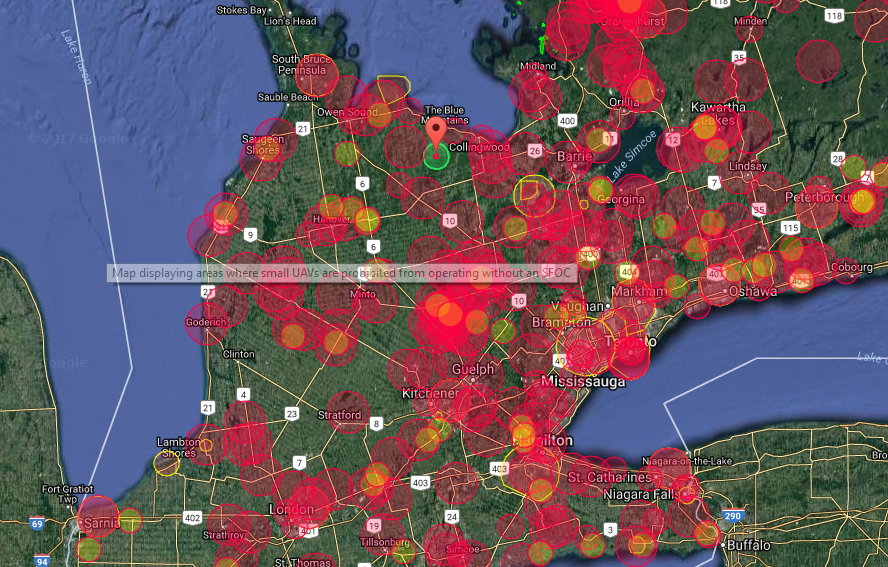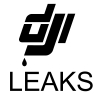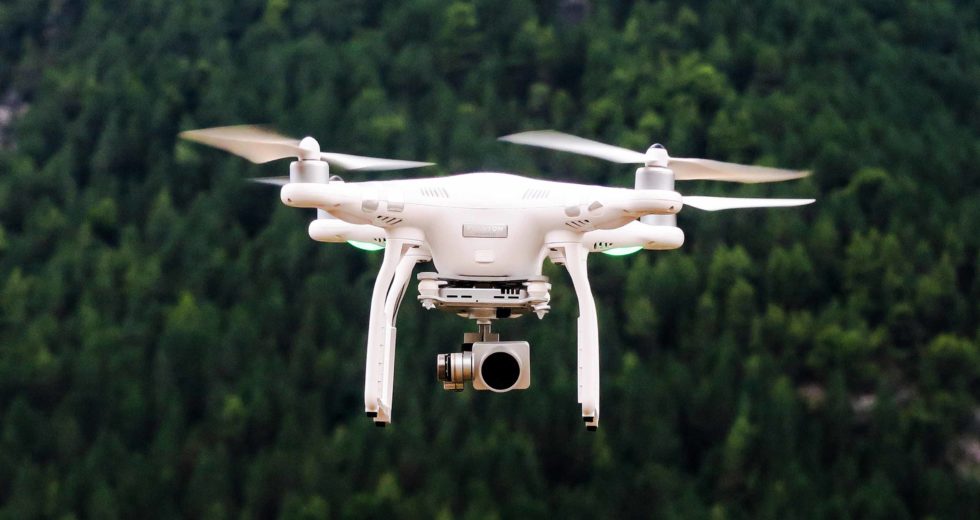In an article by Montreal Gazette, former astronaunt turned Canada’s Transportation Minister Marc Garneau reveals that drones colliding with aircraft is “the kind of nightmare scenario that keeps me up at night.”
You may recall that Garneau turned the table on drone owners back in March when he brought in strict new rules to ‘temporarily’ replace the previous loose guidelines, and allow for enforcement and compliance by making them part of the Criminal Code of Canada.
Unfortunately the temporary regulations turned much of urban Canada into one contiguous no fly zone. The National Research Council maintains a website that allows UAV or drone pilots to enter their flight coordinates to determine if they can fly.
As you can see, below, most of Southwestern Ontario (one of Canada’s most populated areas) is carpeted with red ‘no-fly-zones’ representing every hospital heli-pad and private farm-field airstrip.

Additional restrictions including the maximum ceiling permitted for drone pilots set at 90 meters (about 300 feet) and that drones may not be operated within 75 meters (about 250 feet) of any building, vehicle, person or animal and you’re pretty much stuck at home watching other pilot’s videos on Youtube.
Breaking any of these rules could result in a fine up to $3000.
Garneau drops a few hints in the interview that suggest what is ultimately coming with the new regulations:
- Flight Training
- Testing prior to obtaining a license to operate to prove
- Minimum age requirement
- Covers all unmanned aircraft
Given Canada’s reputation for regulatory overkill and love of bureaucracy, we won’t be surprised if the new rules also include a mandatory requirement for liability insurance as well as ongoing/annual fees for both operator licensing and drone specific registration.
Garneau acknowledges that “there are people who know what they’re doing and who are responsible.” But explain that his “concern is not them. It’s those who really don’t have the knowledge about what they’re doing in Canadian airspace.”
No firm date for the new regulations has been announced, however they are expected later in 2017 when the House of Commons returns from summer break.


